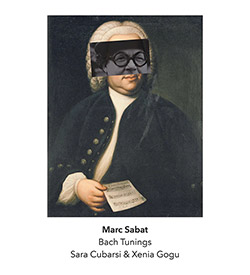
Reimagining Bach's Three Sonatas for Solo Violin through the lens of Just Intonation, composer Marc Sabat adds a second violin to create intricate harmonic dialogues performed with Sara Cubarsi and Xenia Gogu, where precise microtonal tuning and subtle psychoacoustic resonance reveal new shades of Bach's counterpoint, bridging baroque invention with contemporary exploration.
In Stock
Quantity in Basket: None
Log In to use our Wish List
Shipping Weight: 3.00 units
EU & UK Customers:
Discogs.com can handle your VAT payments
So please order through Discogs
Sample The Album:
Marc Sabat-composer
Johann Sebastian Bach-composer
Sara Cubarsi-violin
Xenia Gogu-violin
Click an artist name above to see in-stock items for that artist.
Label: Another Timbre
Catalog ID: at243
Squidco Product Code: 36801
Format: CD
Condition: New
Released: 2025
Country: UK
Packaging: Cardboard Gatefold
Recorded at Ensemble MusikFabrik Studio, In Kšln, Germany, in July and December, 2021, by Stephan Schmidt.
"Bach's 3 Sonatas for Solo Violin, arranged by Marc Sabat for two violins using Just Intonation tunings, together with three short introductory pieces by Marc Sabat.
"Ever since I first played solo Bach on my violin, I've been fascinated by how changing colours of differently tuned harmonic intervals shape and transform the music. In my compositions I make music using intervals found amongst the natural harmonic partials, an approach sometimes called just or rational intonation (JI). These are sounds that can be accurately played by ear, by carefully listening to how very small differences of pitch create beating, resonance, fusion, and reinforce combination tones. These subtle psychoacoustic interactions are at the heart of experiencing harmony, which is what my work is about.
As I came to work this way, I was curious if the approach I use in my own compositions could also be applied to Bach in a strict way, by composing the fine shadings of intonation according to JI intervals. Over the past 25 years, I kept coming back to this work, but it was the ongoing collaboration with Sara Cubarsi, beginning with a first meeting in Cat Lamb's studio in Berlin a decade ago, that led me to write and us to record the realisation documented on this disc.
I have added a second violin part to Bach's solo violin sonatas, music that began as sustained harmonic drones on mostly open strings and harmonics, but which gradually evolved into a kind of personal take on harmonic counterpoint, and became a gentle conversation between my own music and Bach's, finding my way by ear. It was very inspiring to collaborate with a composer who invented so many ways of exploring harmony, and to revisit the old question whether music that moves freely through many tonal regions needs a "well tempered tuning", or if it can also work in a microtonal re-interpretation using many different shadings of pitch.
Each of the three Bach "tunings" are preceded by a short prelude from my cycle "Streams barely in winter" (2019). These miniatures focus on particular intonations of the piece to follow."-Marc Sabat
Another timbre Interview With Marc Sabat
Could you tell us about the background to this project, and why Bach?
Like many other string players, I have a special connection to Bach's six solos for violin. The pieces are experimental compositions in a timeless sense, playing with the limits of harmony and counterpoint sounding on an unaccompanied melody instrument. The music is completely idiomatic, aware of the violin's physicality, and at the same time absolutely utopian, following a musical exploration that goes beyond instrumental limitations and challenges the player to attempt the same. I guess that Bach deliberately chose the six primary tonalities of his cycle to complement and challenge the traditional tuning in perfect fifths (a violin has open strings G D A E); the six solos present, in order, the keys G B A D (minor) and then C and finally E (major).
Unlike keyboards, where the (usually 12) notes have to be tempered to work in various harmonic contexts, strings can adjust the tuning of notes on a case-by-case basis. Ideally, the open strings, when sounded, ought to fit the mode, and decisions about intonation ought to be made consistently and logically. Some years ago, in my own music, I started to work with untempered intervals and chords, sometimes called just or rational intonation, which is tuned according to the row of harmonic partials and provides many different microtonal sound combinations. I especially like that musicians can learn to distinguish and tune such sounds by ear.
"Bach Tunings" tries to apply the intervals of JI music to Bach's three solo sonatas, mainly using the relationships of lower harmonic partials and trying to keep the sound somewhat idiomatic (to my ears) by avoiding obvious "quartertones" and microtonal-sounding melodies. At the same time, my approach tries to avoid illogical or inconsistent use of the open strings, which means, for example, that the note C often has three different tunings, ranging across a quartertone range: as a perfect fifth from G, as a major third from E, or as a natural seventh from D. In the third sonata, C is the tonal centre, so in my version, the keynote (tonic) is continually shifting! In fact, at one point in the first movement, I combine all three of these different C's in close proximity, sometimes even simultaneously! This, of course, is taking things a little far, but to me it sounds surprisingly fitting in the context!
To compose the tuning, I annotated Bach's score with JI accidentals, and eventually found myself writing a second violin part, a mix of bordun and counterpoint, which serves to enable and colour the JI tuning. The collaboration with Sara Cubarsi, who combines instrumental virtuosity with a deep conceptual curiosity, inspired me to turn my studies and sketches into a completed musical project which we have presented live and now are documenting on this disc. Thank you Simon for appreciating this work and for making it publicly available on Another Timbre!
Can you say a bit more about the second violin part? As a non-musician who knows Bach's Sonatas and Partitas for Solo Violin quite well, for me it's the second violin part even more than the unorthodox tuning which really 'makes the music strange' on first hearing, and it captivated me on first listening. As I understand it, when you started composing you thought of the second violin as a kind of drone, but as you started composing it became much more.
My first attempts at tuning the Bach solos were simply annotations of the original score. At some point it seemed to me more musical to hear the subtle variations of tuning both melodically and as simultaneously sounding intervals. So, I started composing a second violin line made of changing drone notes, mainly open strings and harmonics.
Sometimes it made sense to provide a lower note, and sometimes a note in the middle or higher register. The way these tones started to complement and transform some aspects of Bach's music, adding syncopation and unexpected accents, inspired me to go deeper and freer into a kind of conversation with the score, sometimes writing counterpoint and imitative lines.
Because the tuning isn't always rooted in the bass line, my additions step outside the approach typical of traditional Baroque voicings, moving away from style imitation or parody into something more experimental and free, which I feel allowed me to make the music my own. I my imagination I really found myself in a kind of collaboration with Bach. In the first sonata I made very few, if any, alterations to his solo, focussing on my added part. But by the third sonata, I decided to divide Bach's notes between the two violins when needed, allowing the often-unplayable sustaining notes Bach wrote (but expected to be only briefly sounded in broken chords) to be actually sounding through the moving melodic lines, revealing parts of his score that aren't usually heard.
Both Sara Cubarsi and Xenia Gogu's playing is tremendous. But how did you meet Sara, and was she involved in the project from an early stage?
Sara was studying violin in London at the Royal Academy in 2014 when she wrote to me to find out about my music and work with microtonal just intonation. She adapted and performed an early piece of mine, a duo for violin and viola called Three Chorales for Harry Partch and shared some of her own fascinating compositions with me. A few years later we met in Berlin after her performance of a trio by Catherine Lamb in the Studio 8 series, and we decided to meet at Cat's studio the next day and have a look at my sketches for the Bach Tunings, which I had just started to adapt for two violins. She became excited about the project, and some years later we made a first rendering during her doctoral studies at Cal Arts. Finally, when Sara moved back to Europe and began working with MusikFabrik, we had the opportunity to plan a recording session and a live concert featuring all three Sonatas and my three preludes, which is how this recording came to be.
You preface each of the Sonatas with three short compositions of your own - Streams Barely in Winter, 1, 2 and 3. If I have one regret about the disc, it's that these pieces are so short. I think they're gorgeous. But what relation do they have to the Bach sonatas?
These three pieces are intentionally miniatures, each focussing on a particular aspect of the Sonata it precedes when combined with the Bach-Intonations, as they are presented on this disc. I imagine the pieces also can be played on their own or as a small set, and in fact I adapted and extended the first two into a longer form as a piece for chamber strings sharing the same title.
The first piece, titled "Cold", explores how the descending minor scale in Bach's g minor Adagio, which serves as the opening melody and also as the bass line, takes shape from simple intervals tuned below the note D. My second prelude, "Sun", explores the bright, shining sound of septimal harmonies in which the lower open strings of the violins serve as natural sevenths, forcing the fundamentals to be tuned a comma higher than usual. This gives another take on the descending minor scale, in this case echoing from a similarly tuned passage in Bach's a minor Fugue. This unusual tuning offers an alternative sounding of the e minor chord on violins, which in its conventional form combines open G and E into a Pythagorean harmony. The third and final miniature, "Stones", explores different "shapes and sizes" of the note C, which is the multiply tuned tonic of the third sonata. The C bends up and down so much it even introduces a quartertone to our ears, which is even made explicitly into harmony by including two soundings of the 13th harmonic.
Artist Biographies
• Show Bio for Marc Sabat "Canadian composer of Ukrainian descent Marc Sabat (*1965) has been based in Berlin since 1999. He makes pieces for concert and installation settings, drawing inspiration from investigations of the sounding and perception of Just Intonation and of various music traditions - folk, experimental and classical. He is a frequent collaborator, seeking fruitful interactions with other musicians and artists of visual and literary modes to find points of shared exploration and dialogue between various forms of experience. Sabat studied composition, violin and mathematics at the University of Toronto, at the Juilliard School in New York, and at McGill University, as well as working privately with Malcolm Goldstein, James Tenney and Walter Zimmermann. Together with Wolfgang von Schweinitz he has developed the Extended Helmholtz-Ellis JI Pitch Notation and is a pioneer of music written and performed in microtonal Just Intonation. He teaches composition and the theory and practice of intonation at the Universität der Künste Berlin. Scores and artist editions are available under a creative commons share-alike non-commercial license through Plainsound Music Edition." ^ Hide Bio for Marc Sabat • Show Bio for Johann Sebastian Bach Johann Sebastian Bach (1685-1750) was a German composer, organist, and violinist of the Baroque period, widely regarded as one of the greatest composers in Western music history. Born in Eisenach into a family of musicians, Bach held posts in Weimar, Köthen, and Leipzig, where he served as cantor at the Thomasschule and directed church music for the city. His masterful command of counterpoint, harmony, and structure is exemplified in works such as the Brandenburg Concertos, the Well-Tempered Clavier, the Mass in B Minor, and the St. Matthew Passion. Revered for the intellectual depth and emotional resonance of his music, Bach's influence extends across centuries, shaping the development of classical, romantic, and modern composition. ^ Hide Bio for Johann Sebastian Bach • Show Bio for Sara Cubarsi "Sara explores how putting vibrant matter in and out of sync reveals the fragility of the world in which we live, particularly in the attempt to stabilize vibrations in rational tuning. Acoustic and non-material processes of resonance are a main interest for her, both as a violinist and composer, experimenting with gut strings, instruments with resonance strings (viola d'amore, hardanger fiddle, tromba marina), as well as with melting wax paintings through which Sara reflects on the materiality of tuning, avoiding a partition of the sensible. Sara studied composition with Wolfgang von Schweinitz and Michael Pisaro at CalArts, where she completed her doctoral degree in 2018 with a full scholarship from La Caixa. SaraŐs music has been premiered at St. John Smith's Square in London by ensemble x.y, at the Fundaci—n Juan March in Madrid and at Art Share Los Angeles by the Euler Quartet. In September 2023, her new piece for natural horn and keyboard titled ŇLa langue des gargouillesÓ was premiered at the Lucerne Festival. Current projects that Sara is excited about include: the ongoing artistic project about the tromba marina, for which she is writing a new piece, two new works by Sven-Ingo Koch that Sara will premiere in 2025 (for violin and cembalo, and for violin and vocal ensemble), a CD release of Marc Sabat's Bach Intonazioni together with her violin trio Harmonic Flow, a double e-violin concerto by Katharina Rosenberger, and the complete performance of Bach's Sonatas & Partitas at El Petit Palau (Barcelona, Dec 2024). Sara regularly performs new music as a violinist of Ensemble Musikfabrik in Cologne, and barroc violin in the freelance scene, often with her early music and experimental duo Lo Desconcert. She has performed as a soloist in L'Auditori de Barcelona, El Palau de la Mśsica Catalana and Berlin Philharmonie among other places." ^ Hide Bio for Sara Cubarsi • Show Bio for Xenia Gogu "Moldovan-Spanish violinist Xenia Gogu specializes in historical performance, combining solo, chamber music, and orchestra projects as part of her artistic life. She is currently based in the Netherlands, where she holds a violin position at the Noord Nederlands Orkest. She is a prizewinner at the International York Young Artist Competition in 2024, the Göttingen Händel Competition and the Biagio Marini Early Music Competition as a member of Ayres Extemporae and Duo Auxesis. She is a core member of Parnassus, having performed with the ensemble at the Festival Laus Polyphoniae in Belgium and at international festivals in the UK, Spain and The Netherlands. Her interest in historically informed performance practice brought her into studying a Master's degree in Early Music in Bremen with Veronika Skuplik. She had previously obtained her Master's degree at the Hochschule für Musik und Theater Hamburg and her Bachelor's degree at the Hanns Eisler Hochschule für Musik Berlin. She also attended the Escuela Superior de Musica Reina Sofia in Madrid with Prof. Zakhar Bron. She participated in masterclasses with Amandine Beyer, Sirkka-Liisa Kaakinen-Pilch, Mauricio Fucks, Natalia Boyarski, amongst others. Xenia has taken part in the Apprentices Programme of Monteverdi Choir and Orchestras under the baton of Sir John Eliot Gardiner and in the Collegium Vocale Gent Academy under the baton of Philippe Herreweghe. Further frequent orchestral engagements include Mahler Chamber Orchestra, Millennium Orchestra and Utopia Orchestra." ^ Hide Bio for Xenia Gogu
10/6/2025
Have a better biography or biography source? Please Contact Us so that we can update this biography.
Have a better biography or biography source? Please Contact Us so that we can update this biography.
10/7/2025
Have a better biography or biography source? Please Contact Us so that we can update this biography.
10/7/2025
Have a better biography or biography source? Please Contact Us so that we can update this biography.
Track Listing:
1. Streams Barely in Winter 1 - Cold 2:07
2. Sei Bach-Intonazioni Ia: Sonata Prima - adagio 4:12
3. Sei Bach-Intonazioni Ia: Sonata Prima - fuga allegro 6:25
4. Sei Bach-Intonazioni Ia: Sonata Prima - siciliana 3:40
5. Sei Bach-Intonazioni Ia: Sonata Prima - presto 4:20
6. Streams Barely in Winter 2 - Sun 1:50
7. Sei Bach-Intonazioni IIa: Sonata Seconda - grave 4:01
8. Sei Bach-Intonazioni IIa: Sonata Seconda - fuga 8:54
9. Sei Bach-Intonazioni IIa: Sonata Seconda - andante - 5:34
10. Sei Bach-Intonazioni IIa: Sonata Seconda -allegro 6:50
11. Streams Barely in Winter 3 - Stones 1:53
12. Sei Bach-Intonazioni IIIa: Sonata Terza - adagio 5:01
13. Sei Bach-Intonazioni IIIa: Sonata Terza - fuga 11:48
14. Sei Bach-Intonazioni IIIa: Sonata Terza - largo 3:16
15. Sei Bach-Intonazioni IIIa: Sonata Terza - allegro asai 5:10
Compositional Forms
Chamber Rock
Stringed Instruments
Duo Recordings
Staff Picks & Recommended Items
New in Compositional Music
Recent Releases and Best Sellers
Search for other titles on the label:
Another Timbre.


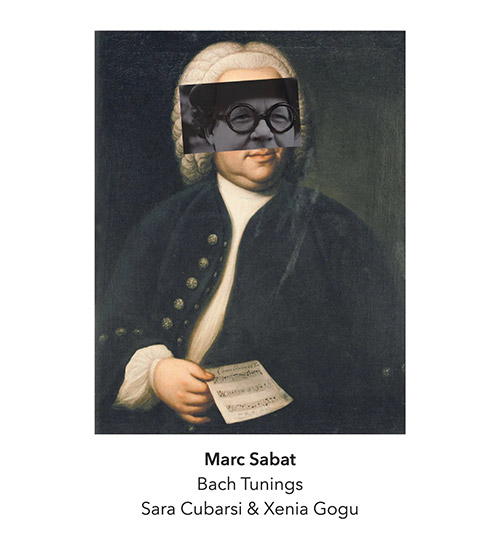
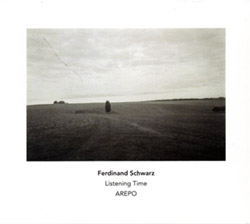
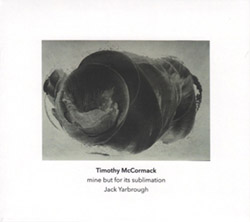
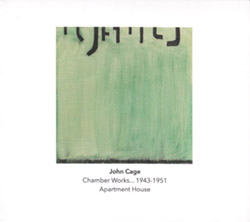
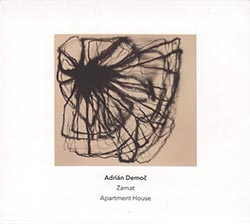

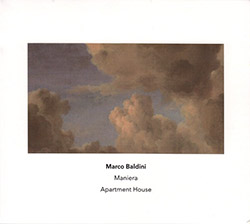
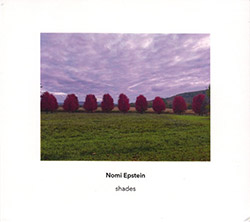
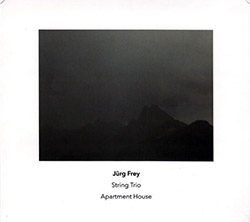
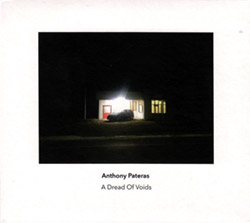
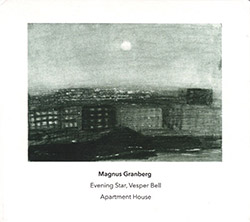
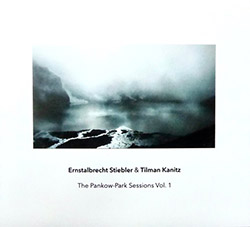

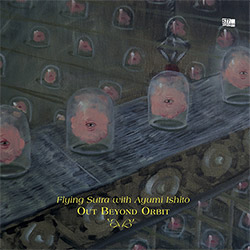
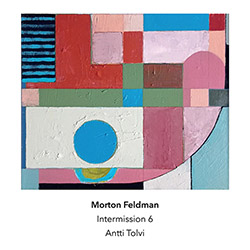
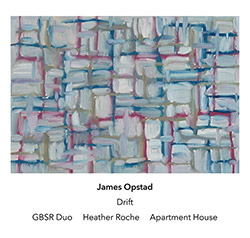
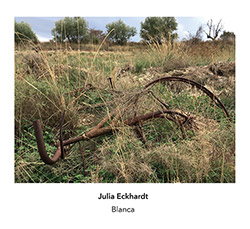

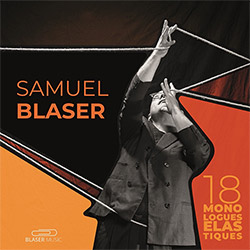
![Necks, The: Disquiet [3 CDs]](https://www.teuthida.com/productImages/misc4/36735.jpg)
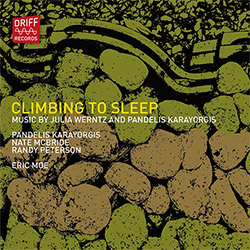
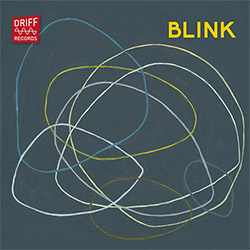
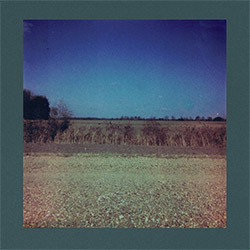
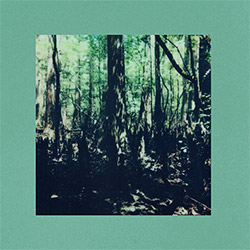
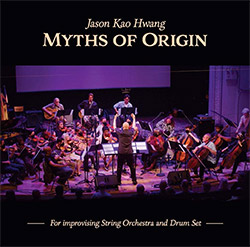
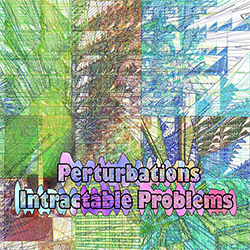
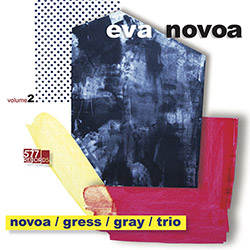

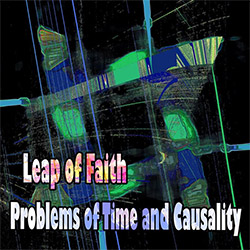
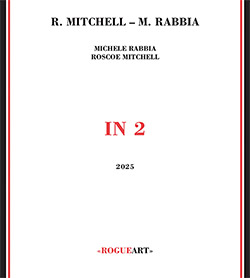
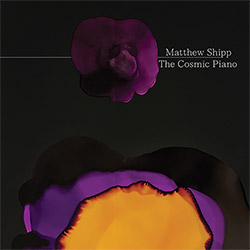

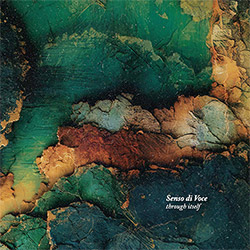

![Haker Flaten, Ingebrigt (Exit) Knarr: Drops [VINYL]](https://www.teuthida.com/productImages/misc4/36809.jpg)
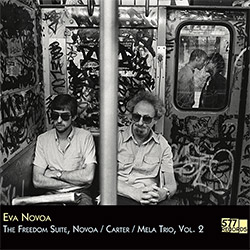
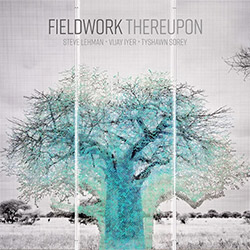
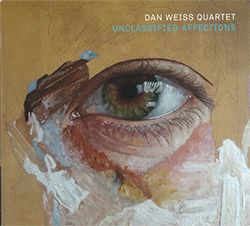
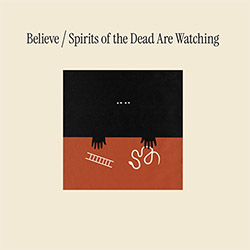
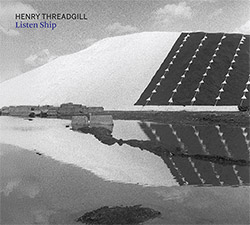
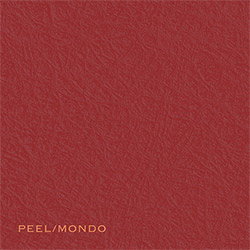
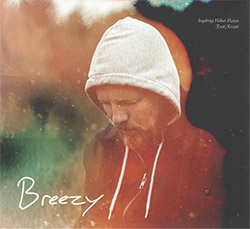
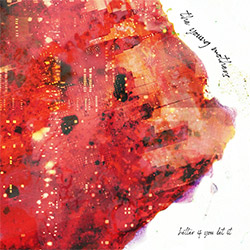
![Young Mothers, The (Haker-Flaten / Rosaly / Taylor / Jackson / Gonzalez / Horne): Better If You Let It [VINYL]](https://www.teuthida.com/productImages/misc4/36806.jpg)
![Doneda, Michel / Frederic Blondy: Points Of Convergences [2 CDs]](https://www.teuthida.com/productImages/misc4/36749.jpg)
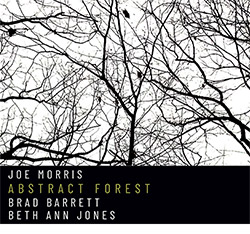
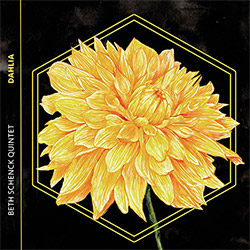
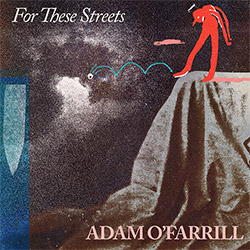
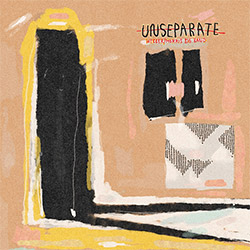
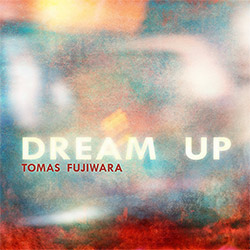
![Schulze, Phillip (w/ Anthony Braxton / Christian Jendreiko / Andrew Raffo Dewar / Detlef Weinrich): Ambassador Duos [DOUBLE VINYL + CD]](https://www.teuthida.com/productImages/misc4/36733.jpg)
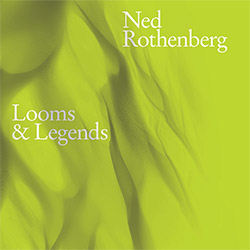
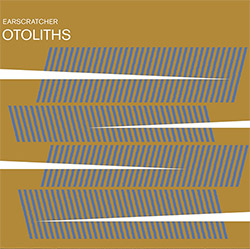
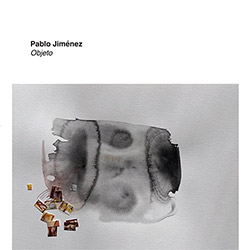
![Normand, Eric: Une Methode (Non Illustree) Pour Jouer La Basse Electrique [BOOK w/ DOWNLOAD]](https://www.teuthida.com/productImages/misc4/36794.jpg)
![Normand, Eric: Dur Temps Pour les Rouges [CASSETTE w/ DOWNLOAD]](https://www.teuthida.com/productImages/misc4/36775.jpg)
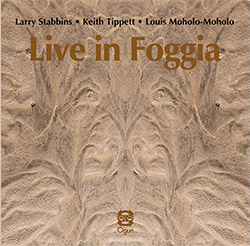
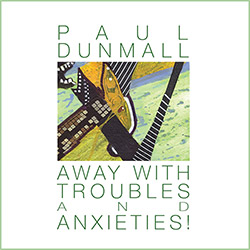

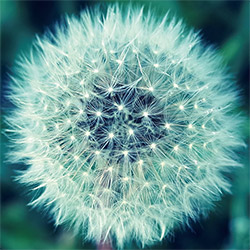
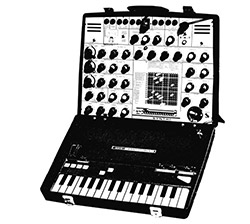
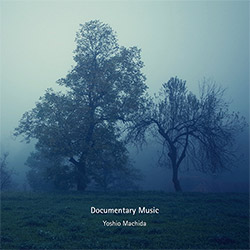
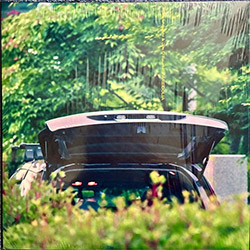

![A Magic Whistle: The Solar Cell [VINYL]](https://www.teuthida.com/productImages/misc4/36658.jpg)
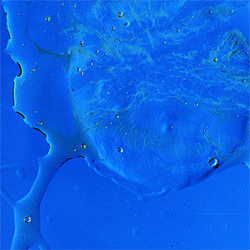
![McGee, Hal: Columbus Expedition [Cassette w/ Download]](https://www.teuthida.com/productImages/misc4/36650.jpg)
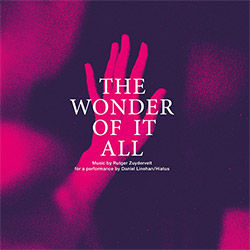

![Jaeger, Kassel: Fernweh [VINYL 2 LPs]](https://www.teuthida.com/productImages/misc4/36541.jpg)

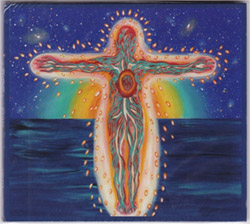
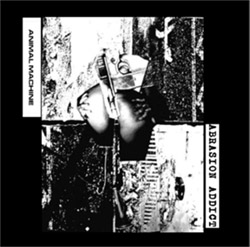
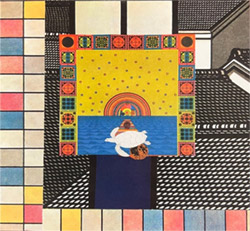

![+DOG+: The Light Of Our Lives [2 CDs]](https://www.teuthida.com/productImages/misc4/36009.jpg)
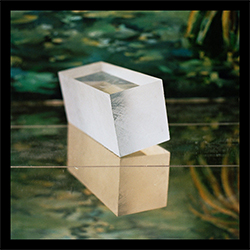
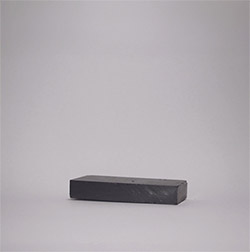
![Eternities: Rides Again [CASSETTE]](https://www.teuthida.com/productImages/misc4/36247.jpg)
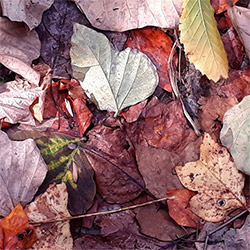
![Lopez, Francisco: Untitled (2021-2022) [2 CDs]](https://www.teuthida.com/productImages/misc4/36438.jpg)
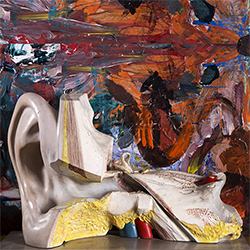
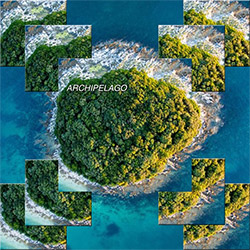
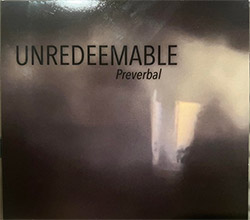
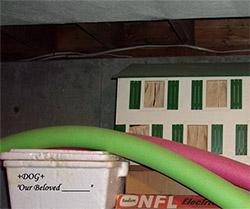
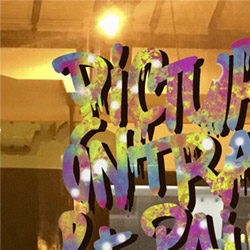
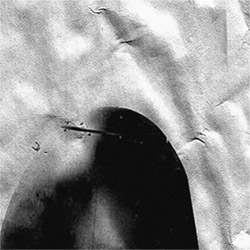
![Money : Money 2 [2 CDs]](https://www.teuthida.com/productImages/misc4/35894.jpg)
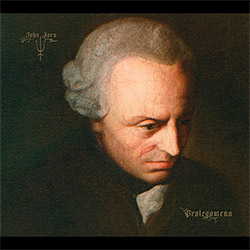
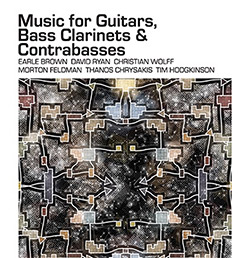
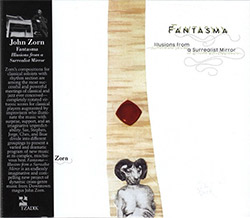
![Musicworks Magazine: #151 Summer 25 [MAGAZINE + CD]](https://www.teuthida.com/productImages/misc4/36559.jpg)
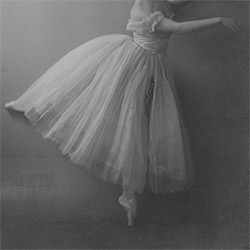
![Brown, Dan / Dan Reynolds: Live At The Grange Hall [unauthorized][CASSETTE]](https://www.teuthida.com/productImages/misc4/36245.jpg)
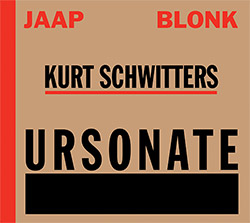
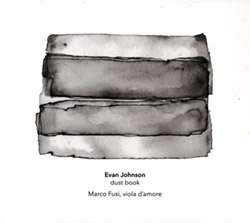
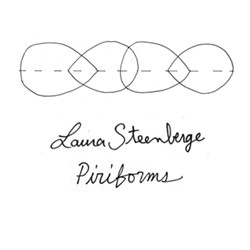
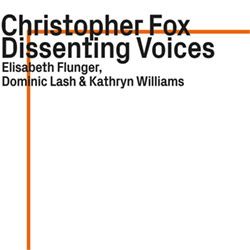
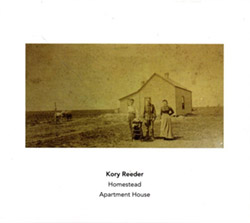
![Palestine, Charlemagne / Seppe Gebruers: Beyondddddd The Notessssss [VINYL]](https://www.teuthida.com/productImages/misc4/36206.jpg)
![Palestine, Charlemagne / Seppe Gebruers: Beyondddddd The Notessssss [NEON GREEN VINYL]](https://www.teuthida.com/productImages/misc4/36207.jpg)
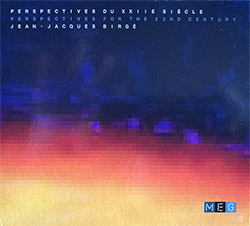
![Laubrock, Ingrid: Purposing The Air [2 CDs]](https://www.teuthida.com/productImages/misc4/35639.jpg)
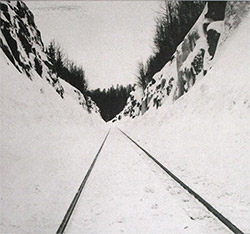
![Yoko, Ono / The Great Learning Orchestra: Selected Recordings From Grapefruit [2 CDs]](https://www.teuthida.com/productImages/misc4/35841.jpg)
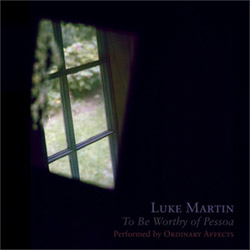
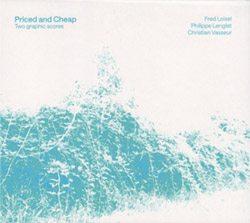
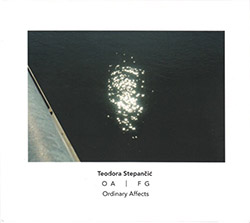
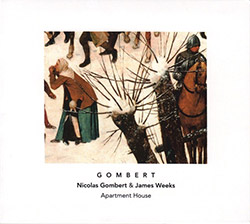
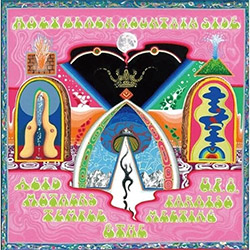
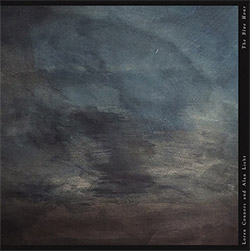
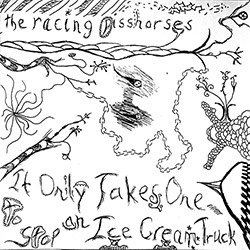
![Koenjihyakkei: Live at Club Goodman [2 CDs]](https://www.teuthida.com/productImages/misc4/36111.jpg)
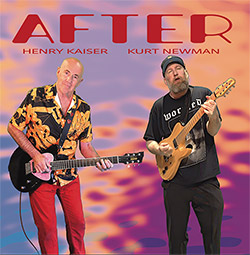
![Sorry For Laughing (G. Whitlow / M. Bates / Dave-Id / E. Ka-Spel): Rain Flowers [2 CDS]](https://www.teuthida.com/productImages/misc4/35985.jpg)
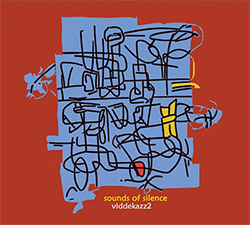
![Rolando, Tommaso / Andy Moor : Biscotti [CASSETTE w/ DOWNLOADS]](https://www.teuthida.com/productImages/misc4/36106.jpg)
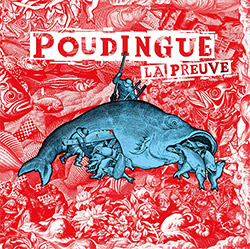

![Electric Bird Noise / Derek Roddy: 8-10-22 [CD EP]](https://www.teuthida.com/productImages/misc4/35970.jpg)
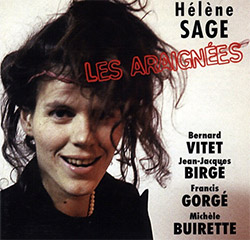

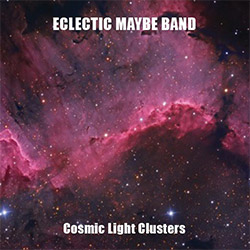
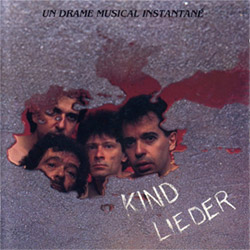
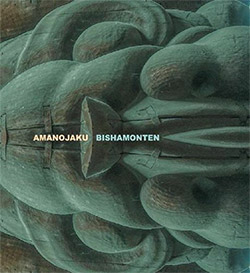
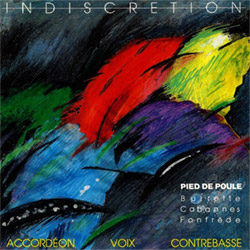
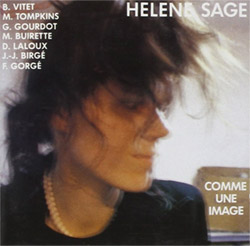
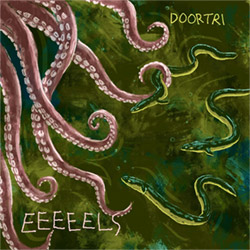
![Elephant9 : Mythical River [VINYL]](https://www.teuthida.com/productImages/misc4/34624.jpg)
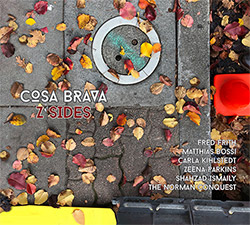
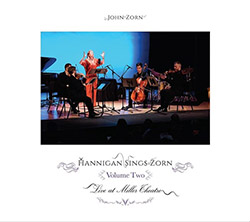
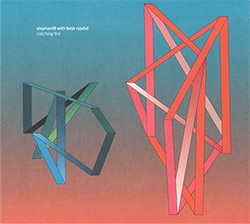
![Elephant9 with Terje Rypdal: Catching Fire [VINYL 2 LPs]](https://www.teuthida.com/productImages/misc4/35355.jpg)
![Deerlady (Obomsawin, Mali / Magdalena Abrego): Greatest Hits [VINYL]](https://www.teuthida.com/productImages/misc4/34876.jpg)
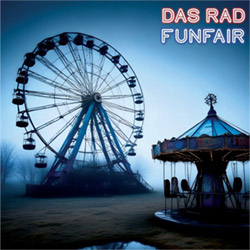
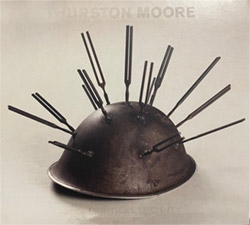
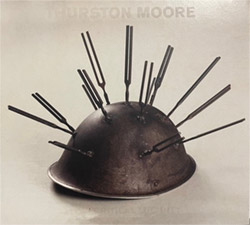
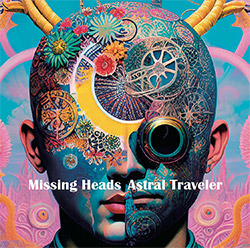
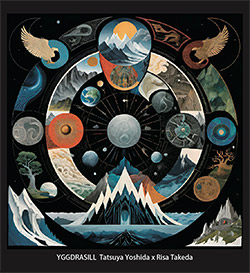
![Coley, Byron: Dating Tips for Touring Bands [VINYL]](https://www.teuthida.com/productImages/misc4/17906.jpg)

![Lost Kisses: My Life is Sad & Funny [DVD]](https://www.teuthida.com/productImages/misc4/lostKissesDVD.jpg)